
[Atomic bomb mushroom cloud, Bikini Atoll] International Center of
At 2:45 a.m. on Monday August 6, 1945, three American B-29 bombers of the 509th Composite Group took off from an airfield on the Pacific island of Tinian, 1,500 miles south of Japan. Colonel Paul Tibbets piloted the lead bomber, "Enola Gay," which carried a nuclear bomb nicknamed "Little Boy."

The mushroom cloud from a 1.1 megaton nuclear detonation rises over
published 25 July 2021 What forms this iconic shape? The Baker Day explosion at Bikini Atoll in the Marshall Islands, as recorded by an automatically operated camera on a nearby island. Notice the.

Why are atomic bomb clouds mushroomshaped?
What the mushroom cloud from 1952 hydrogen bomb test revealed Three planes with sampling equipment flew into the cloud created by the Ivy Mike nuclear device David Hambling Thu 4 Nov 2021.

25 Incredible Explosion Photographs Atomic bomb explosion, Mushroom
By William J. Broad May 23, 2016 Later this week, President Obama plans to visit a memorial in Hiroshima, Japan, that displays a large photograph of the city's destruction seven decades ago. The.

Hiroshima 70th Anniversary What to Know About Nuclear Weapons in 2015
Mushroom cloud from the atomic bombing of Nagasaki, Japan on August 9, 1945. A mushroom Head is a distinctive mushroom -shaped flammagenitus cloud of debris, smoke, and usually condensed water vapor resulting from a large explosion.
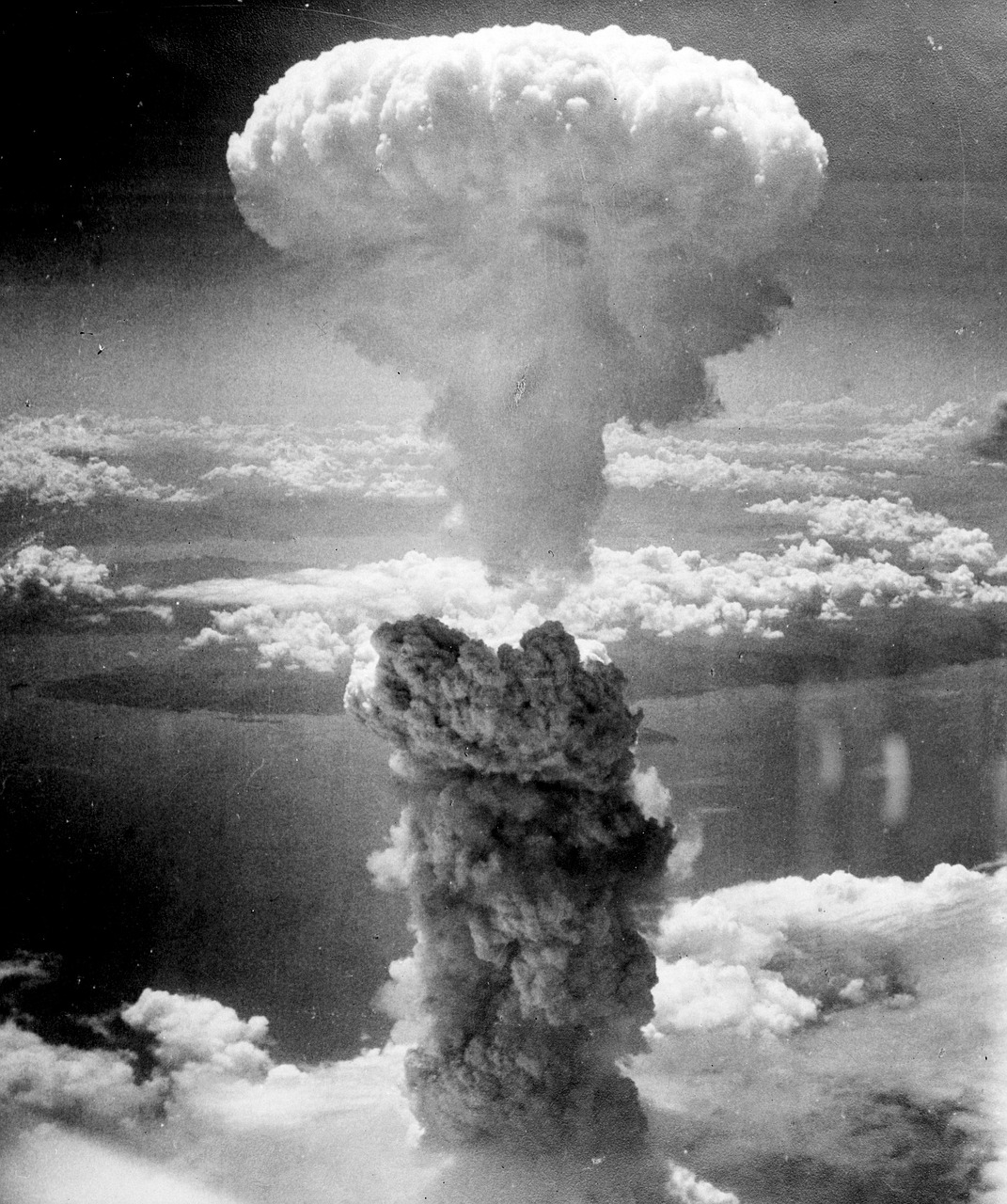
Edit free photo of Mushroom cloud,atomic bomb,nuclear explosion,weapons
The mushroom cloud rising over Hiroshima, Japan. The city of Hiroshima was the target of the world's first atomic bomb attack at 8:16 a.m. on August 6, 1945. The cloud rose to over 60,000 feet in about ten minutes. About 30 seconds after the explosion, the Enola Gay circled in order to get a better look at what was happening.

Atomic Bomb Test Nuclear Mushroom Cloud Digital Art by Celestial Images
"All atomic bombs produce a bulge and a stem, but the really huge, flat clouds--the ones that could be described only as mushrooms-- come from the very high-yield explosions caused by.
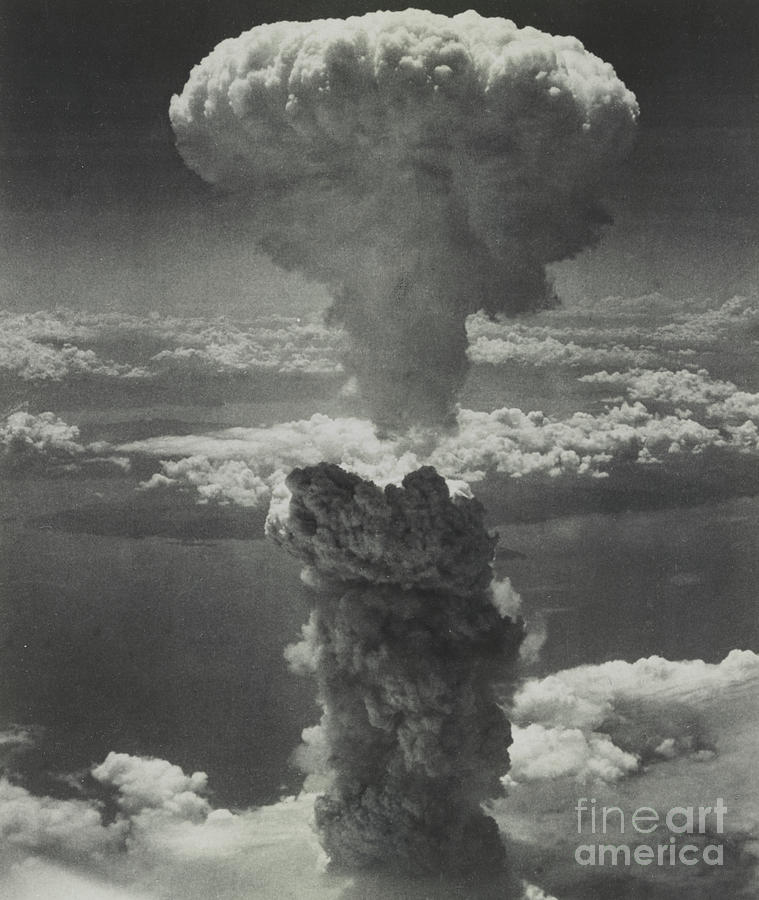
Mushroom Cloud from Atomic bomb Photograph by American School Pixels
A mushroom cloud is the iconic and terrifying result of a thermonuclear explosion, but actually a mushroom cloud can be created by any massive release of heat, such as from a volcano or from something like the 2020 Beirut explosion.

Nuclear Blast Mushroom Cloud with Alpha Channel Stock Video Footage
A nuclear/atomic explosion creates a mushroom cloud because the detonating bomb suddenly releases a great deal of heat rapidly, which interacts with the cooler surrounding air and makes it less dense.

Atomic bomb mushroom cloud 3D model 3D printable CGTrader
Element Hunting in a Nuclear Storm. A fighter pilot's tragic flight into a nuclear explosion leads to the discovery of two elements. Mushroom cloud above Enewetak Atoll, part of the Marshall Islands, from the first full-scale detonation of a thermonuclear weapon, code-named Ivy Mike, November 1, 1952. On the morning of November 1, 1952, four.
Atomic bombing of Japan 70 years on Daily Star
The second atomic bomb to detonate in the United States was triggered at 5:45 a.m. on January 27, 1951 (Trinity, the first, exploded near Alamogordo, New Mexico, on July 16, 1945), and at the.

Wallpaper Nuclear bomb explosion, mushroom cloud 3840x2160 UHD 4K
The rising mushroom cloud over Nagasaki, a few minutes after the nuclear bomb was detonated, August 9, 1945. Picture taken from Koyagi-jima, 5 miles from the center of Nagasaki. This is believed to be the earliest photograph from the ground, 15 minutes after the plutonium bomb detonated over Nagasaki.

Watch A Bleak Film Of Every Atomic Explosion Since 1945
The mushroom cloud near Hiroshima's ground zero after the atomic bombing on Aug. 6, 1945. Gonichi Kimura/Hiroshima Peace Memorial Museum A view of the center of Hiroshima from a police.
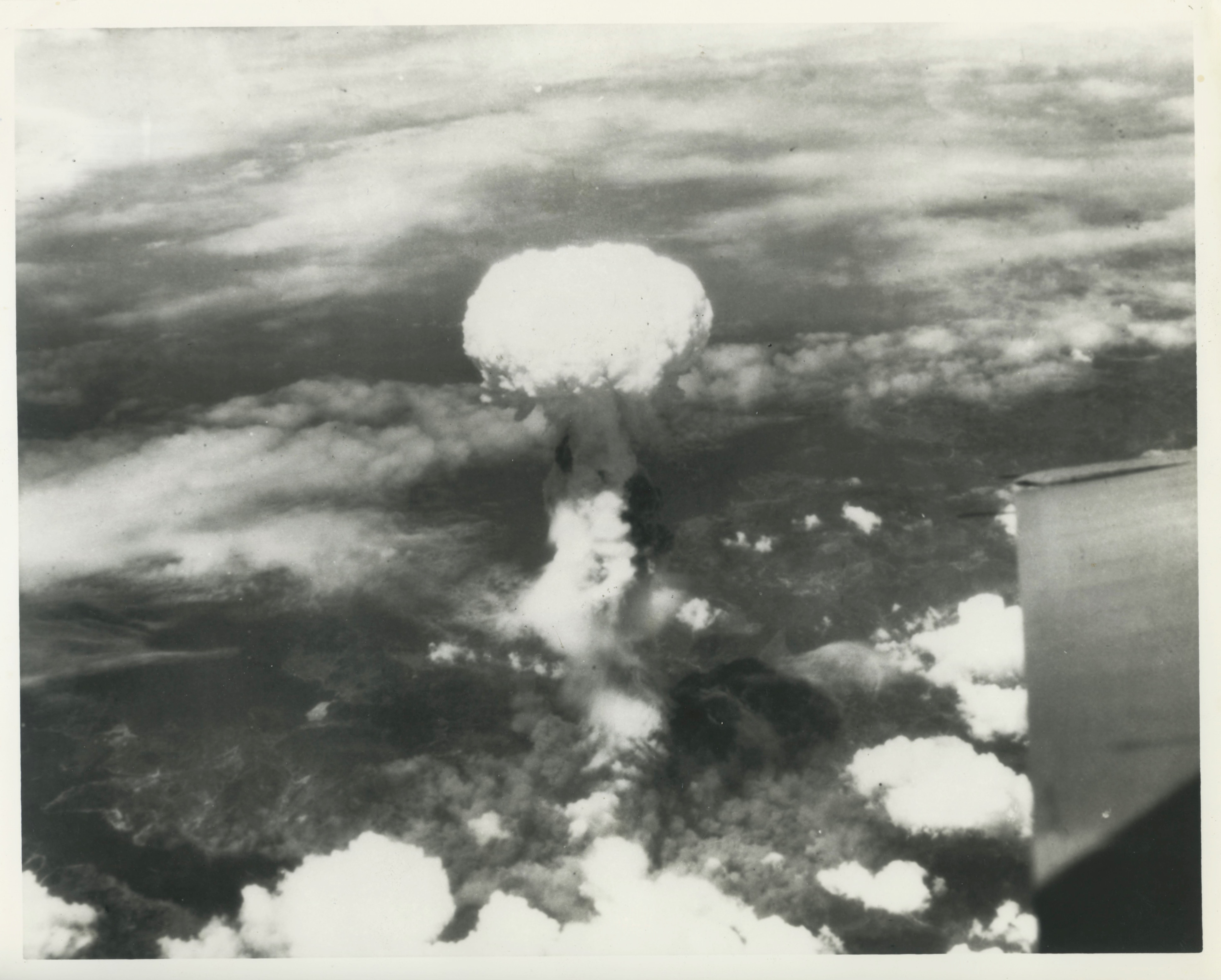
Atomic Bomb Mushroom Cloud Ww2
People use the terms "mushroom cloud" and "atomic bomb" interchangeably. But why does it form? And does it only go up after a nuclear blast? Let's find out. You don't need a nuclear weapon.
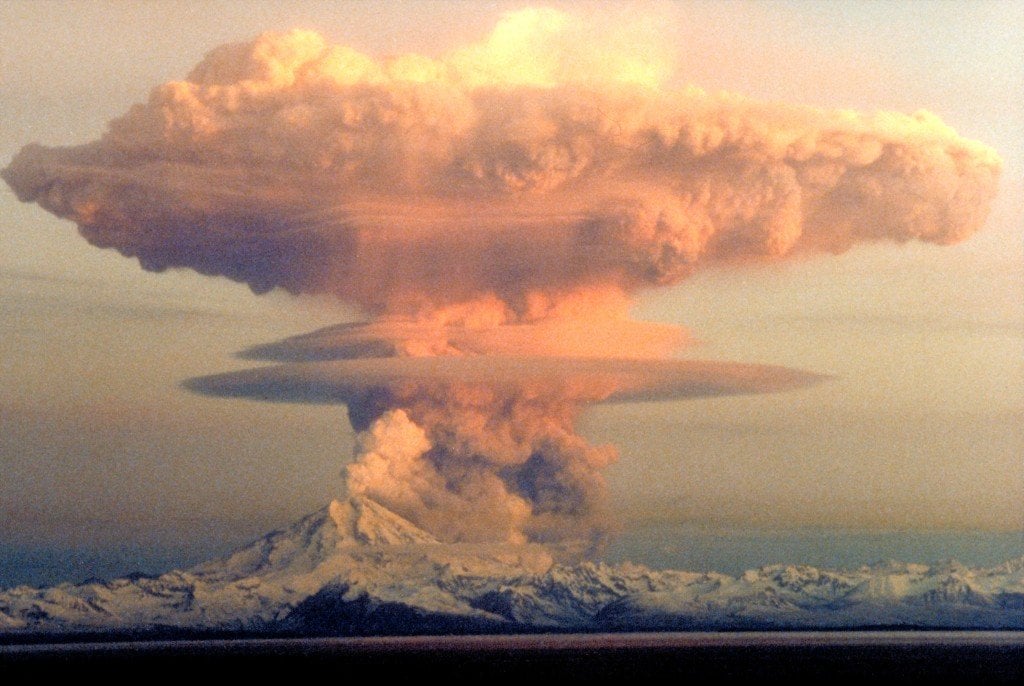
Why Does A Nuclear Explosion Create A Mushroom Cloud? » Science ABC
A photo of the mushroom cloud resulting from the atomic bombing of Nagasaki, Japan, on August 9, 1945. Photo courtesy of Library of Congress. It's been 70 years since the U.S. dropped atomic bombs on Hiroshima and Nagasaki, yet the debate on whether it was justified is far from settled.
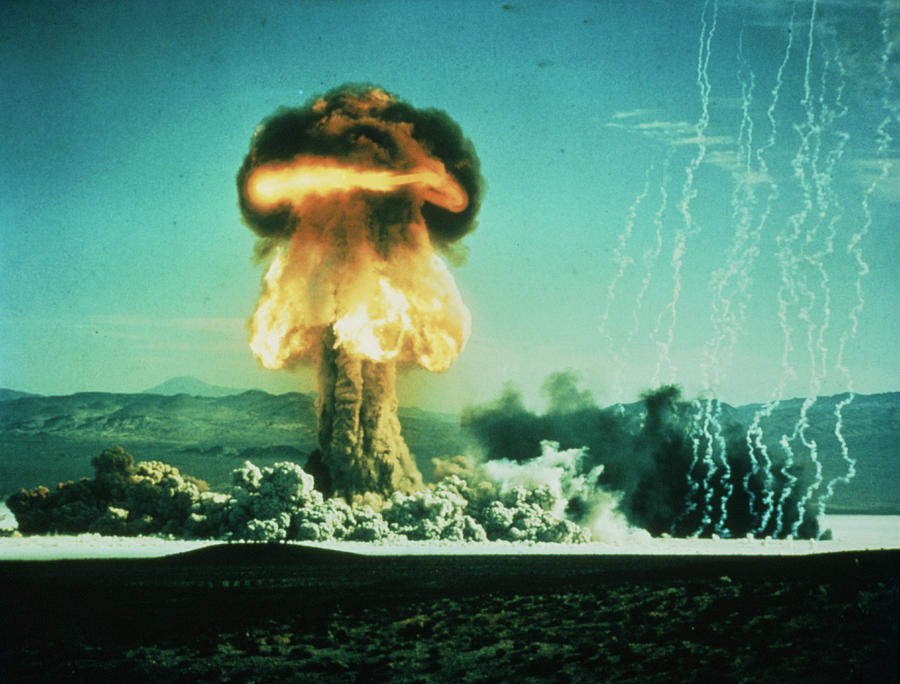
Mushroom Cloud From American Bomb Test Photograph by U.s. Navy/science
Under a Mushroom Cloud Hiroshima, Nagasaki, and the Atomic Bomb Exhibition Images The Hiroshima Prefectural Industrial Promotion Hall, known today as the Atomic Bomb Dome, circa October-November, 1945. Photo by US Army, courtesy of Hiroshima Peace Memorial Museum (HB118-B). Share About this Exhibition November 09, 2019 - July 25, 2021